Applications of Zeolites: The 3D Molecular Sieves |ChemFam #34|
Greetings to everyone! In my last post, we were discussing about the properties of zeolites. We have mainly focussed on the reactant selectivity and product selectivity and understood by taking examples. We have also understood the molecular traffic control (MTC) as well. Today, we shall discuss the applications of zeolites. This part is very important because for the chemical synthesis or industrial purpose, applications are of major interests. Today, I shall discuss about some of the principal applications of zeolites.
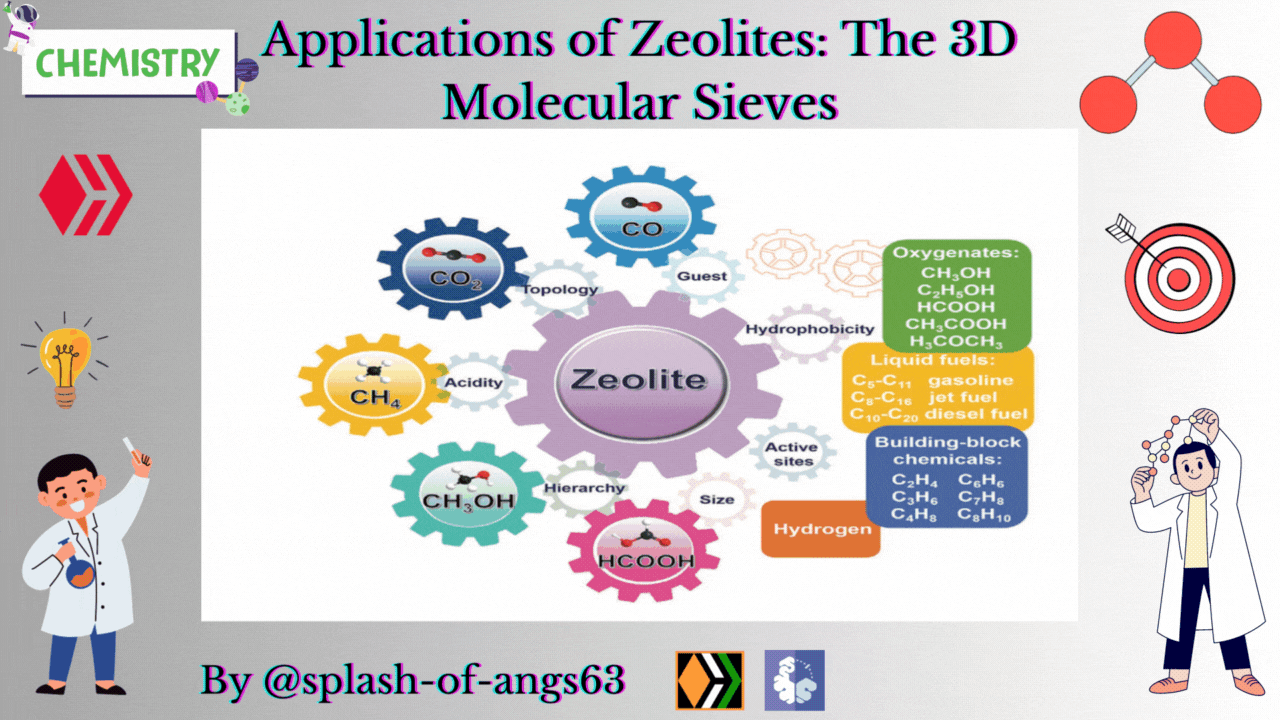
Catalysts and Catalyst Supports
Acidity and shape selective properties of zeolites play major roles in their use as catalysts to produce premium quality fuels and chemicals. As we have already discussed the acidic property of zeolites, so I shall not go into that. But because of the acidic properties of zeolites, they find applications in catalytic cracking, isomerization, alkylation and aromatization reactions. Fluid catalytic cracking (FCC) is one of the largest and oldest application of zeolite catalysts. Zeolites having intermediate pore sizes are being widely used in the conversion of light hydrocarbons to monocyclic aromatics. This is due to their ability to selectively perform these reactions while minimizing coke formation. When zeolites having small pores are used, no aromatized products are produced for the same reaction. Whereas zeolites having larger pores produces heavy aromatics nd deactivate rapidly. The major advantage of large pore molecular sieves developed recently is their tendency to crack larger molecules such as present in heavy petroleum residues. Major commercial catalytic processes are summarised below-
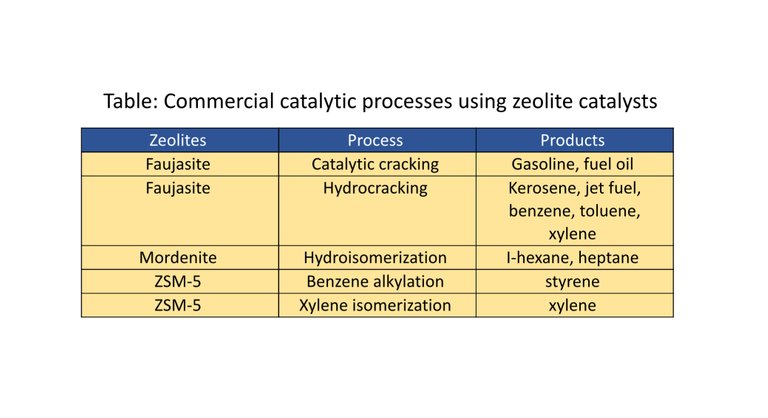
Apart from these well established commercial processes some other applications of zeolites are being developed. PtBa/Zeolite L catalyst is used in the conversion of n-hexane and n-heptane to benzene and toluene. While Pt/mordenite/alumina catalyst is used for the isomerization of C5/C6. Various applications are being developed for the ZSM-5 catalyst. For example, alkylation of benzene and toluene to form high octane alkyl aromatics, methanol to gasoline (also known as MTG process), methanol to alkene, selective reduction of NO has been reported with ZSM-5 or modified ZSM-5 catalysts.
Selective Adsorbents and Drying Agents
Zeolites possesses unique abilities to adsorb water while rejecting larger molecules. For various applications they are the best drying agents available. They are used in drying air, natural gas, organic solvents and refrigerants.
Separation and Purification of Gases and Liquids
Zeolites are being widely used in the purification if gases and hydrocarbon liquids. The 13X(NaX) zeolites and 5A(CaA) zeolites have been used as the most common sorbents for air selaration. The typical 5A used for air separation is developed by exchaning approx 70% of the Na+ in NaA by Ca2+ ions. The nitrogen is preferentially adsrobed on the zeolite.
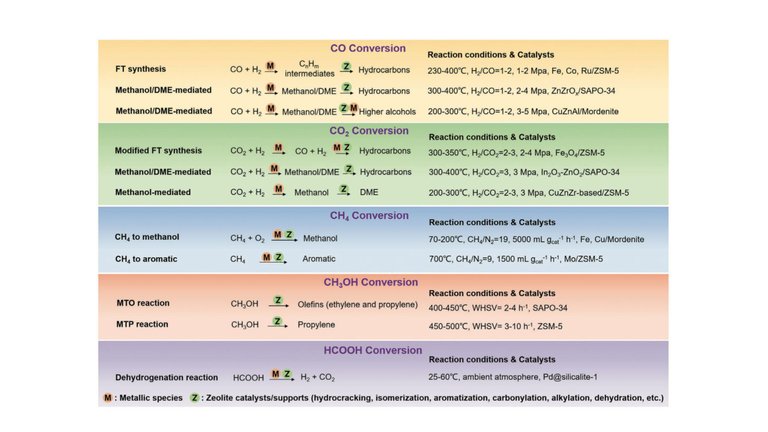
Water and Waste Water Treatment
Zeolites are used for various purposes in water and waste water treatment. They are used mainly for water siftening, ammonia content removal and heavy metal removal. They are used for exchaning hard ions such as Ca2+ with soft ions such as Na+, H+ in the softening of water in a broad range of pH values. It is one of the oldest application os zeolites. This one is most importantly used in the detergent industry. Zeolites can also remove dyes from the washing liquids by hetero-coagulation and adsorption. An another application of zeolite is in the separation of ammonia from drinking water or waste water.
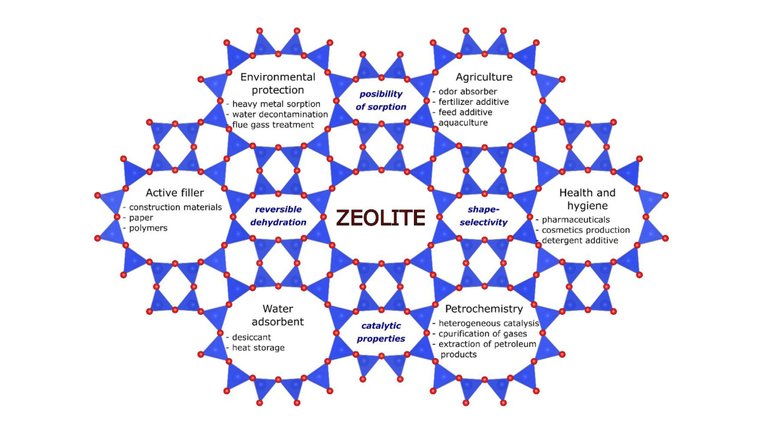
In the environment, ammonia originates from metabolic, agricultural and various industrial processes and also from water disinfection with chloramine. The zeolites are very efficient for the removal of ammonia due to their high selectivity for ammonium ion in the presence of competing cations such as K+, Ca2+ or Mg2+ . We know that metals having density greater than 5g/cm3 are generally considered as heavy metals. Among the heavy metals Cd, Cr, Cu, Ni, Zn, Pb and Hg are well known for their toxicity and are considered as environmental hazards. Zeolites have been widely explored for the removal of such heavy metals from the waste water sources. This efficiency for removal of heavy metals depends upon the type and amount of zeolite, contact time, pH, temperature, initial metal concentration as well as on presence of other competitive ions.
Removing Impurities from Gas Stream
Zeolites are also used as agents for purifying gas stream. Zeolite A, X, ZSM-5, mordenite etc. are widely used for removing H2O, NH3, NO, NO2, SO2, CO2 and other impurities from gas stream. Zeolites are generally used for the removal of water, SO2 and CO2 from sour gases in natural fas stream. Zeolite 4A are used for removal of CO2 from submarines and spacecraft. The Ca ion exchanging zeolite A CaA is used to adsorb H2S from sour gas. They are also used for removing NH3 produced during gasification of coal and for removal of NH3, SO2, NOx and CO2 from air.
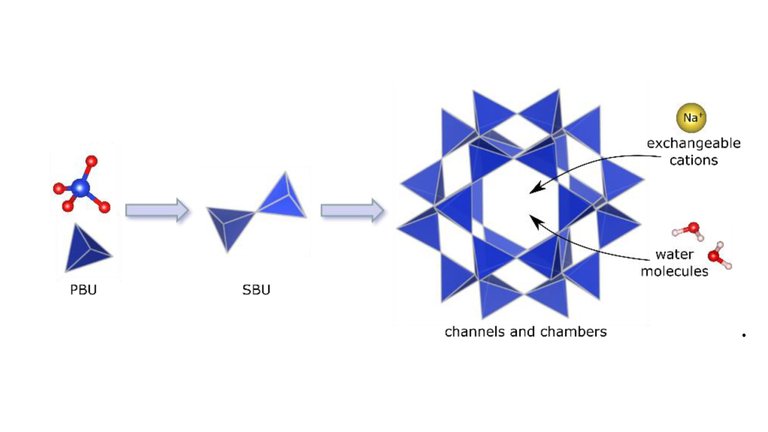
The NaX zeolite have been used for separating mixtures of alkylphenols having close boiling points, such as mixtures of p-cresol (201.8°C) and 2,6-xylenol (203°C) or m-cresol (202.8°C) and 2,6-xylenol. The effect of cation on the selectivity has also been investigated. The Na-X zeolite adsorbs p-cresol and m-cresol selectively from their mixtures with 2,6-xylenol while Ca-X and Ba-X zeolites preferentially adsorb 2,6-xylenol. The deciding factor for the selectivity seems to be due to the diffusion in the zeolite framework.
So, we have discussed major applications of zeolites which are relatively widely used and contributing greater percentage to the industrial sector. I am wrapping up my post for today but will see you soon with another post.
New Technology - Mod4 - NPTEL Chem Eng
Applications of Zeolites to C1 Chemistry: Recent Advances, Challenges, and Opportunities
Properties of Zeolites: The 3D Molecular Sieves |ChemFam #33|
Zeolites: The 3D Molecular Sieves |ChemFam #32|
The Beauty of Eucalyptus Tree |ChemFam #31|
The Accidental Cure for Cancer: Cisplatin |ChemFam #29|
Acceptorless Dehydrogenation and Related Transformations |ChemFam #28|
Thermophysical Properties of Natural Gas-I |ChemFam #27|
Sources and Process Overview of Natural Gas |ChemFam #26|
Recovery, Upgradation and Purification of Helium in Natural Gas |ChemFam #25|
Trace Components in Natural Gas System |ChemFam #24|
PS The thumbnail image is being created by me using canva.com taking template image from Willey


This post has been manually curated by @bhattg from Indiaunited community. Join us on our Discord Server.
Do you know that you can earn a passive income by delegating to @indiaunited. We share more than 100 % of the curation rewards with the delegators in the form of IUC tokens. HP delegators and IUC token holders also get upto 20% additional vote weight.
Here are some handy links for delegations: 100HP, 250HP, 500HP, 1000HP.
100% of the rewards from this comment goes to the curator for their manual curation efforts. Please encourage the curator @bhattg by upvoting this comment and support the community by voting the posts made by @indiaunited.
Thanks for your contribution to the STEMsocial community. Feel free to join us on discord to get to know the rest of us!
Please consider delegating to the @stemsocial account (85% of the curation rewards are returned).
Thanks for including @stemsocial as a beneficiary, which gives you stronger support.
Congratulations your publication has been chosen among the best of the day.
KEEP CREATING GOOD CONTENT.
Thank you so much! I really appreciate it.
Congratulations @splash-of-angs63! You have completed the following achievement on the Hive blockchain And have been rewarded with New badge(s)
Your next target is to reach 5000 upvotes.
You can view your badges on your board and compare yourself to others in the Ranking
If you no longer want to receive notifications, reply to this comment with the word
STOPCheck out our last posts: